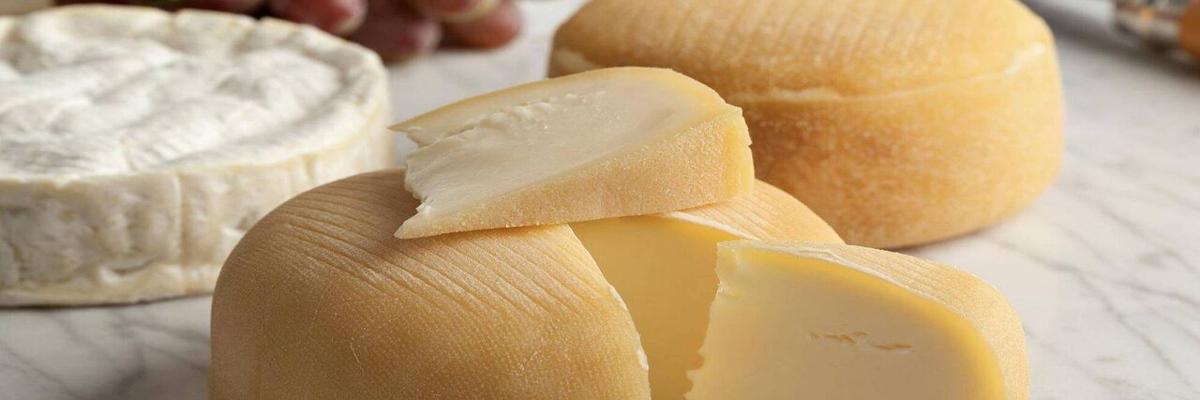Live
- Only 9.83 pc candidates are women in NE states
- YSRCP Bheemili MLA candidate visits various wards
- 37 in fray for three seats in 1st phase, Cooch Behar gets maximum security
- Jhansi meets people during her morning walk
- World Liver Day 2024: Theme, History, and Significance
- Google Pixel 9 Rumoured AI Features: Magic Composer, Autofill Smart Reply, and More
- Malladi Vishnu complains to EC on Naidu, Ayyanna & Pawan
- MyVoice: Views of our readers 19th April 2024
- Peddireddi touched my feet for DCC post, recalls Kiran
- All politicos must commit to free press
Just In

Cheese is usually made from cow or goats milk Cheeses come in lots of different tastes and textures You might be able to make your favorite cheese at home, using milk and rennet or use a Cheesemaking Kit
Cheese is usually made from cow or goat’s milk. Cheeses come in lots of different tastes and textures. You might be able to make your favorite cheese at home, using milk and rennet (or use a Cheesemaking Kit).
Rennet is used to make milk form solids. Rennet is an enzyme, and helps break down milk proteins. It is found in most mammals’ stomach linings, to help the digestive system. Most rennet used for cheese making comes from vegetables, though it can also come from sheep or other animals. Rennet is necessary for making cheese, because it separates the milk into curds and whey. This process is called coagulation (or curdling). Curdled milk usually contains less than 5% rennet, so only a small amount is necessary to make cheese.
Milk contains water, fat, casein, albumins, and lactose. Casein is the protein in milk, which gives it nutritional value. Albumins are a group of amino acids in milk which also provide nutrients. Lactose is a kind of sugar (or glucose) contained only in milk. When you add rennet and heat, milk separates into two parts – curds (which eventually become cheese) and whey.
More than 90% of the fat and casein go into the curds, along with small amounts of water, albumins, and lactose. Whey looks like watery milk, with a faint yellow color. Curds form white chunks, that are strained through cheesecloth to remove extra moisture, then pressed together to form a block of cheese.
Some cheeses, like ricotta or cottage cheese, are just curds, with some whey left, that has not been drained. These cheeses can be made quickly, and eaten immediately. Other cheeses must age before they are good to eat. Some cheeses age for several years! You can make cheeses like cheddar or parmesan at home, and age them for a few weeks (or up to 6 months).
Whether you like hard cheese, soft cheese, cheese with a strong flavor, or a sweet taste like cottage cheese, there is science behind the way it is made! If you have a recipe, and some rennet (also found in most grocery stores), you can make cheese in your own kitchen and experiment with how different kinds of milk (e.g. goat milk) or different aging times impact texture, taste, and more.

© 2024 Hyderabad Media House Limited/The Hans India. All rights reserved. Powered by hocalwire.com







